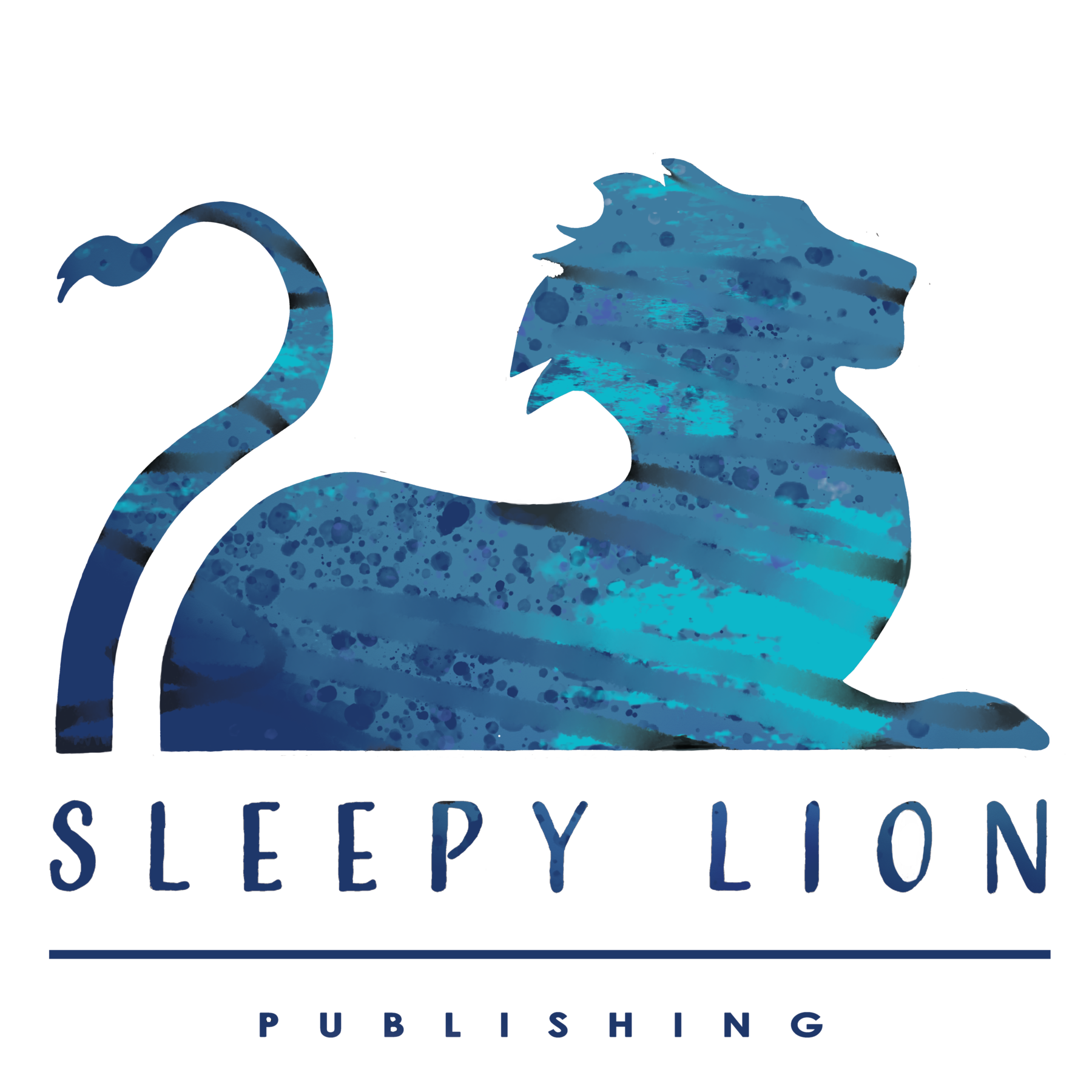Writing A Children’s Book: What You Need To Know

The books we love as children stay with us for a lifetime, and there is no simpler joy than returning to a beloved, well-thumbed favourite with the nostalgic eyes of adulthood. Most people assume that writing their own children’s book will be just as simple, but creating a manuscript that stands out in such a highly competitive market can be incredibly tough (more picture books are received by editors than any other genre). In this article we explore how best to approach writing a piece of children’s literature, which you can use as a guide when arranging your thoughts, and get off to the best possible start in your writer’s journey.
As with so many popular literary genres, there are certain stereotypes that have gradually become attached to the idea of writing for children. Most centre around the preconception that as children’s literature is aimed at young minds, it must be immature and unchallenging, entertaining for the little ones but lacking in the depth and complexity of any true literary work that would capture an adult.
This stereotype is reductive and ill-informed of the true scope of modern day children’s literature. A body of work that has been developing and thriving for the past two centuries, books for children merit the same respect as any other literary genre. Those who are unconvinced need think only of great works such as Alice in Wonderland, Harry Potter and Philip Pullman’s His Dark Materials trilogy– all were originally written for children, but have captured the imaginations of schoolchildren and academic scholars alike. The imaginary worlds of Wonderland, Hogwarts and Lyra’s Oxford, as well as the settings of many other great children’s works, involve complex world-building and tackle weighty themes such as identity, religion, race, gender and philosophy.
So with this powerful inspiration in mind, where do you begin writing your own children’s book?
1 – Who Are You Writing For?
A great children’s book has mass appeal, but ultimately this genre is classified, marketed and sold through key age demographics (5-8, 9-12, YA, etc). Particularly for very young children, each stage of cognitive development will require a slightly different format and approach. Figuring out the core age group your book appeals to is a fairly straightforward task, but will cement a strong target readership for when you publish.
2 – What Makes Your Book Unique?
The children’s publishing market is hugely competitive, and there’s no point writing something that’s already been done to death. Research the market online and in bookshops, and by speaking to children within your target audience, as well as their parents and teachers. See what’s currently selling well, and strike a balance between satisfying popular demand and creating a unique piece of work with your own personal stamp on it!
3 – Are You Hitting All The Right Notes?
Once you’ve established your target market and the book’s content, it’s time to begin planning and writing. At this point it’s crucial to ensure your narrative has all the key elements required to make this book a success. As with any group of readers, children are seeking memorable characters, relatable themes, and a clear, strong narrative (children are highly plot driven). Your biggest mark of success will be creating a book that children want to re-read again and again!
4 – Who’s On Your Team?
Even if your book is incredibly short and simple, all manuscripts benefit hugely from a fresh pair of eyes (preferably quite a few pairs). A good editor will assist with narrative structure, proofreading your text and providing valuable feedback based on a solid understanding of the industry. Unless you’re an artist yourself, you may also need to outsource for illustrations and your book’s cover art. And don’t forget to get reviews and feedback from your target audience itself– if they don’t like it, then what’s the point?
There is no one magic formula on how to write a children’s book, and nor should there be. Children value creativity and diversity more than almost any other readership, and your narrative voice should add something unique to the genre in a way that may never have been seen before. Use these tips as a strong starting point – and see just how far you can go.
Further Reading:
● Children’s Literature in the 18th and 19th century: https://www.bl.uk/romantics-and-victorians/themes/childhood-and-childrens-literature
● Encyclopaedia of Children’s Literature: https://www.bl.uk/romantics-and-victorians/themes/childhood-and-childrens-literature
● Children’s Author Resources: https://www.kotobee.com/blog/top-resources-websites-children-ya-authors/
● Industry News: https://www.thebookseller.com/news/childrens
● Children’s Book Recommendations: https://www.booktrust.org.uk/books-and-reading/our-recommendations/100-best-books/
By Lucy Brem

0 Comments